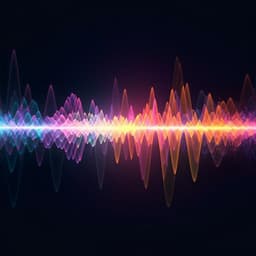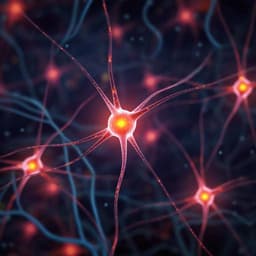
Medicine and Health
Optimization of adeno-associated viral vector-mediated transduction of the corticospinal tract: comparison of four promoters
B. Nieuwenhuis, B. Haenzi, et al.
This exciting research by Bart Nieuwenhuis and colleagues explores the effectiveness of various promoters in AAV1 for targeted gene delivery to the brain and spinal cord. Discover how mPGK and hSYN enhance expression in specific neuronal populations, paving the way for advancements in spinal cord injury treatment.
~3 min • Beginner • English
Related Publications
Explore these studies to deepen your understanding of the subject.







